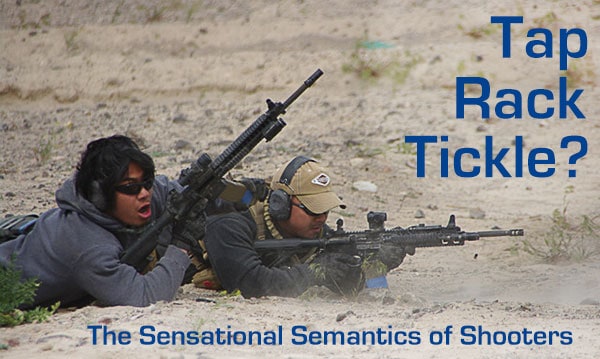 With the test range tied up for a local competition, time on the computer this weekend increased. It’s a blessing and a curse, as while some of what’s on Social Media is interesting and useful, most is meaningless drivel. Mind numbing click bait aside, it does allow the opportunity to see what’s going on in much of the training world. One of the things trending is the need to do what I call “training through semantics.” Practicality and function are secondary, it’s not what you do, or how you perform, it’s what you call it. Simple techniques and practices are venues for complicated terminology, and descriptions that would make the most experienced shooter go “huh?”. Not really new, this has been going on for decades, longer I am sure, but it seems to have reached epidemic levels. It reminds me of the old, and proven statement, “Lies, Damn Lies, and Statistics”. Only this time it’s “Descriptions, Useless Descriptions, and Semantics”.
With the test range tied up for a local competition, time on the computer this weekend increased. It’s a blessing and a curse, as while some of what’s on Social Media is interesting and useful, most is meaningless drivel. Mind numbing click bait aside, it does allow the opportunity to see what’s going on in much of the training world. One of the things trending is the need to do what I call “training through semantics.” Practicality and function are secondary, it’s not what you do, or how you perform, it’s what you call it. Simple techniques and practices are venues for complicated terminology, and descriptions that would make the most experienced shooter go “huh?”. Not really new, this has been going on for decades, longer I am sure, but it seems to have reached epidemic levels. It reminds me of the old, and proven statement, “Lies, Damn Lies, and Statistics”. Only this time it’s “Descriptions, Useless Descriptions, and Semantics”.
Guns Are Simple Machines, or Should Be!
Operating and applying a firearm in the real world are pretty simple processes. For the most part you start by loading it. Then you identify your threat or target, aim and press the trigger, repeat as needed. If your gun works you just keep feeding it until the task is complete, or run out of ammunition or targets/threats. It assumes you feed it ammunition that actually works, but that is a whole other article. Granted, the difficulty is in the application, but you are doing the same simple tasks. Given a working gun and good ammunition, it’s true no matter how many legs your threat or potential meal has, or the size, shape, or construction of the target. Your clothing makes no difference, nor your job, nor anything else is about why or how. Your firearm has one function, sending projectiles down the barrel while providing the ability to repeat that process. If it will do that repeatedly, its job is done, the rest is your baggage.
Rather than a “Working Gun” use “A Gun That Works”
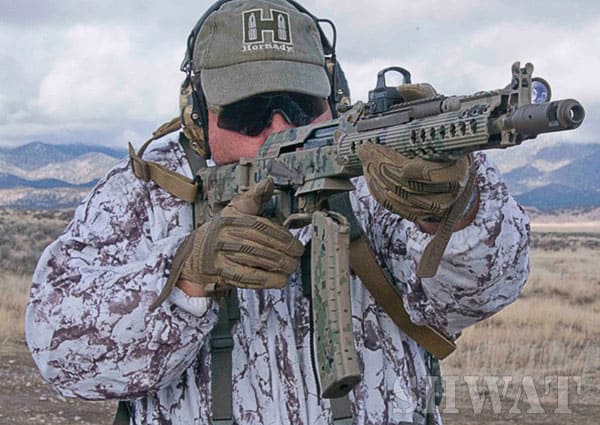 Always use a gun that works. That seems simple, but it may be the most common “malfunction” in the gun world. And it’s the same whether for home and self-defense, hunting or competition. If you are spending more time fixing your broken gun than using it as designed there is a problem, and it’s not the gun’s. Sure, stuff happens, but for the most part these days guns work, choosing one that doesn’t is counterproductive at best, deadly at worst. Bad guys kill you, predators kill and may eat you, and competitors lose. There is no up side to using a gun that does not work. Still, many would rather constantly fix their favorite gun. Anyone reading this who spends time as an instructor sees this and is chuckling about now.
Always use a gun that works. That seems simple, but it may be the most common “malfunction” in the gun world. And it’s the same whether for home and self-defense, hunting or competition. If you are spending more time fixing your broken gun than using it as designed there is a problem, and it’s not the gun’s. Sure, stuff happens, but for the most part these days guns work, choosing one that doesn’t is counterproductive at best, deadly at worst. Bad guys kill you, predators kill and may eat you, and competitors lose. There is no up side to using a gun that does not work. Still, many would rather constantly fix their favorite gun. Anyone reading this who spends time as an instructor sees this and is chuckling about now.
Make no mistake, guns identified as “working guns” may not work. That’s marketing, not manufacturing. Just because it costs as much as a car does not mean it will work. The fact that it’s trending, popular, or the latest talking head is selling it is meaningless. If it does not go “bang” when YOU press the trigger it’s not a gun that works. Unless you are using it as a hammer, paperweight, boat anchor, relic or prop, it is not doing its job, period. Fix it, have someone fix it, or post cool pictures on social media, but get and use one that works for YOU!
Loading and Keeping your Gun Loaded 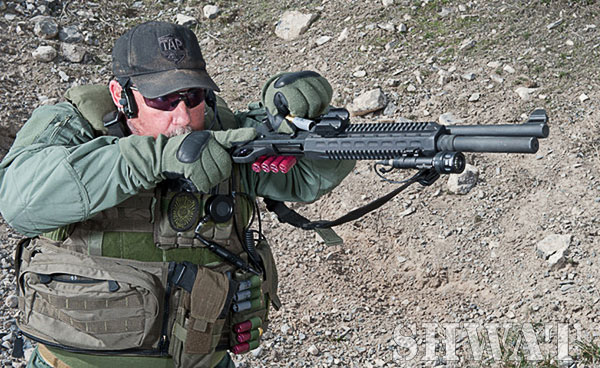
Assuming you have made the decision to use a gun that works while feeding it good ammunition, it’s all about running it and keeping it running. How you do that is simple: keep it loaded through repetition. What that’s called is meaningless, it’s not in the name, but the application. Whether you call your reload a speed, tactical, empty, slide lock, slide forward, in battery, out of battery, or any other kind of reload, you are replacing one magazine with another.
Two handed, one handed, off your belt, standing on your head, doing crunches hanging from the rafters, or curled up in a ball on the ground, you are removing the magazine in the gun and replacing it with another. Engaging in heated arguments as to what that’s called is just plain stupid to me. It is what it is, a magazine swap (or exchange for English majors).
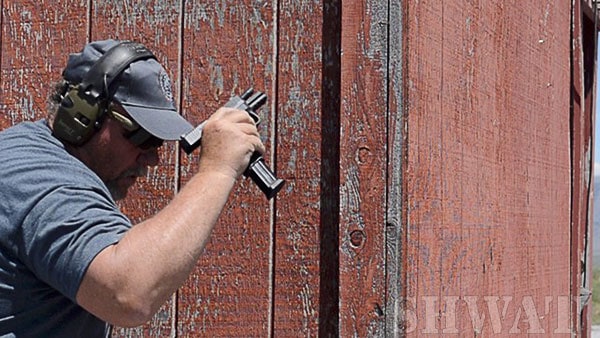 Since it keeps your gun working, practice it, from any and every conceivable position you can safely do so. Call it what you want, name it, there is nothing like a “technique” with some guys name on it; maybe you will be famous. Bottom line, magazine fed weapons need magazines, so practice swapping them as needed.
Since it keeps your gun working, practice it, from any and every conceivable position you can safely do so. Call it what you want, name it, there is nothing like a “technique” with some guys name on it; maybe you will be famous. Bottom line, magazine fed weapons need magazines, so practice swapping them as needed.
Running a revolver, do the same thing, speed loaders or not, it needs ammo to work, so practice keeping it fed. Shooting a double rifle, no different. Big nasty bullets are worthless if you miss, and the seemingly large critter you are trying to kill may not have read the memo on stopping. Since you only have two rounds don’t miss, but I would suggest practicing how to reload, and speedily.
Fixing Your Gun
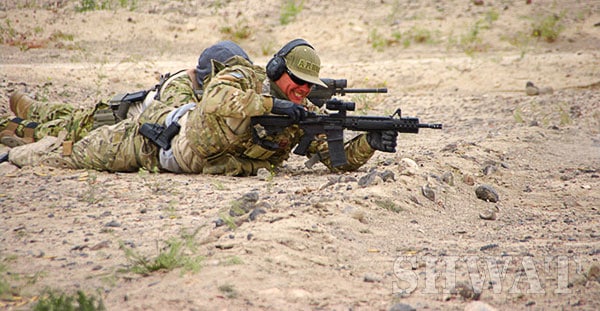 Anything mechanical will fail to function (or break), so you need to know how to fix it. It’s no different than reloads, names abound to address those failures to eject and/or feed (or load) that occur with mostly magazine fed weapons. Call them Type 1, 2, 3, or 60, they all amount to the same thing. Your gun does not work, to use it you must fix it. Do yourself a favor and keep it simple.
Anything mechanical will fail to function (or break), so you need to know how to fix it. It’s no different than reloads, names abound to address those failures to eject and/or feed (or load) that occur with mostly magazine fed weapons. Call them Type 1, 2, 3, or 60, they all amount to the same thing. Your gun does not work, to use it you must fix it. Do yourself a favor and keep it simple.
The weak part of a magazine fed weapon is generally the magazine. In most cases it is a failure on your part to properly insert and seat it. So, if you get a click or dead trigger, fix it by seating it, loading the gun (run the slide) and going back to work. It’s that simple, do what you should have done in the first place. Tap-rack-bang, seat-run-assess, slap-tap-tickle, whatever you call it you are doing the same thing, properly inserting a magazine and loading the gun. Doing it right when you load the weapon is best, but if not then, do it again but do it right.
Failures to extract, eject, and then load are rare in weapons that work using proven ammunition, but they occur. More often than not it’s the shooter not the gun. Whether induced by the ammunition, gun, or operator you need to fix them. This is where the semantics battle is most evident.
 There are so many different “methods” to fix these issues it’s amusing. They all do three things: unload, clear, and reload. Whether you lock the slide first or not at all, you are still removing the magazine in the gun (unloading). Clearing the weapon of the malfunction generally means you run the slide, maybe repeatedly maybe not, but you are “clearing” the gun. It’s the same for a revolver, bolt rifle, shotgun, most any firearm.
There are so many different “methods” to fix these issues it’s amusing. They all do three things: unload, clear, and reload. Whether you lock the slide first or not at all, you are still removing the magazine in the gun (unloading). Clearing the weapon of the malfunction generally means you run the slide, maybe repeatedly maybe not, but you are “clearing” the gun. It’s the same for a revolver, bolt rifle, shotgun, most any firearm.
Once done you reload by inserting a magazine or otherwise load it as required and go back to work. My “mantra” when this happens is “Unload, fix it, and Reload,” it’s that simple. It works with revolvers, bolt guns, semi-automatics, even single fire weapons. Barring a true mechanical failure (physically broken part) you are doing nothing more than unloading, clearing, and reloading. At its simplest form you perform two actions to keep your weapon working. Properly load the weapon, preferably prior to the need to fire. If it won’t work then unload it, clear it, and reload it. If that does not work you better hope you have another gun or stick, or something ‘cause you are probably screwed.
Bottom Line 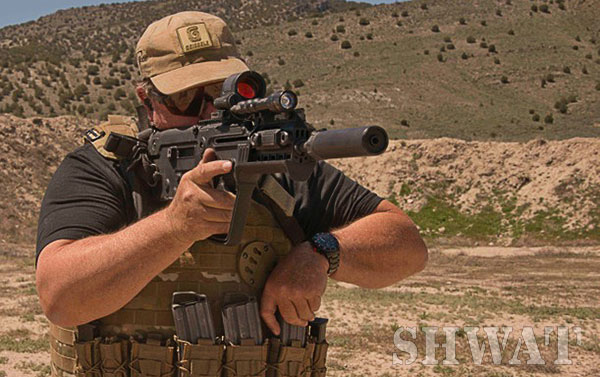
Using a firearm for just about any purpose is pretty simple. In no particular order you need to know how to operate it and keep it operating. Aiming and hitting your target/threat while keeping it operating is critical. Applying it in as close to a real world environment as possible is next. Do all three well and you just may win your contest or fight.
Keep it real, shooting your hunting rifle from a bench means nothing if you will never see one on the hunt. Your stellar performance standing still is great, so long as you can do that while getting shot at. Range markers are rare on the street, and threats tend to move. Unless you walk around in real life in 80 pounds of kit don’t practice that way, try wearing what you will off the range using the equipment you have at hand.
Always keep it simple and spend more time practicing than processing the latest method. Use a gun that works and feed it good ammunition. Keep that gun running using simple and effective techniques void of a need for a manual. Any method of application requiring translation or study is too long. That time just does not exist in the real world. It’s really not that hard. Load your gun, keep it loaded, fix it when it breaks and go back to step one. It may not sell classes, but it just might keep you alive long enough to continue attending them. Who knows, maybe you will be able to name your own technique some day.



